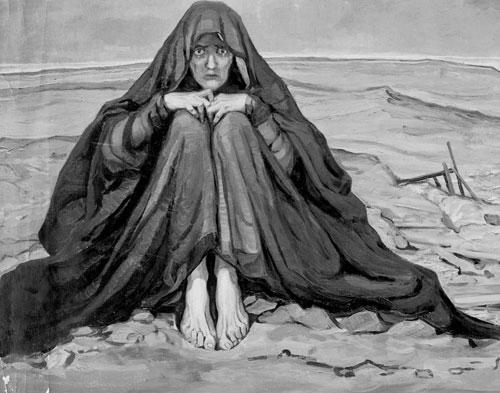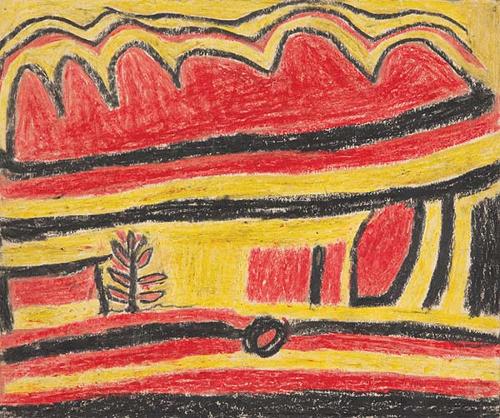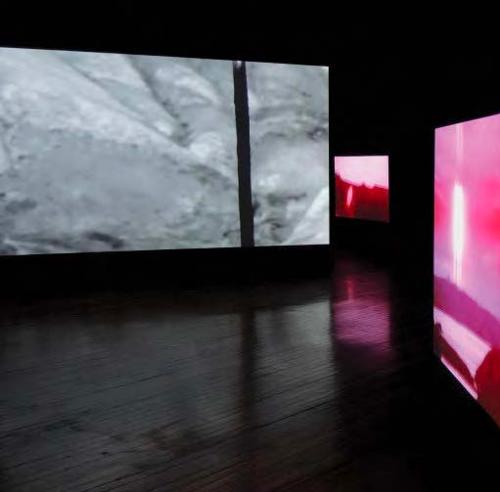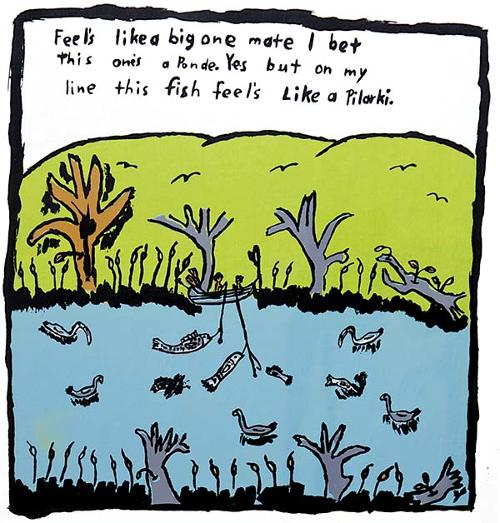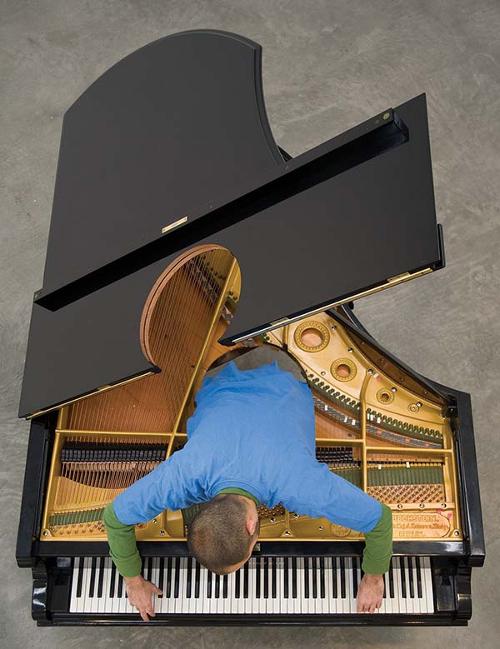
David Rosetzky's Gaps is a sleek, stylised video piece, following four young Australian dancers of different racial backgrounds. The video slips between what seems to be part discussion and part affected performance, set in two dance rehearsal spaces. The dancers’ dialogues vary from awkward personal reflections, to passages read out loud and shared between the performers (some of which are also quite jarring), to more natural and honest discussions on the dancers’ own subjective experiences (most notably about race).
Gaps is explicitly concerned with difference in identity, and an unraveling of the young performers’ subjectivities. Though this is confused by the way in which the video marries this underlying theme with an aestheticised use of dance gestures, movement and the delivery of spoken word. A consideration of language - both verbal and gestural – as well as differences in the reception of meaning is a key interest of Gaps.
At times, to the backing of a somewhat ambiguous musical score, the dancers perform choreographed movements and gestures to articulate the textual passages with a form of sign language that signifies nothing. This adds a degree of linguistic confusion and abstraction for the viewer, and creates a layer of noise in the attempt to make sense of the protagonists’ narratives and personalities. As verbal phrases recounted by the dancers repeat and are punctuated by less ambiguous passages, the video gradually delivers satisfaction when the characters’ identities begin to take shape. After a while, the internal logic of the work’s language games starts to form meaning.
Beyond the semantic plays of the video, and the affected chic of its particular contemporary dance aesthetic, Gaps is at its strongest in one of the performer’s discussion of her experience as an Asian Australian. The piece depicts a seemingly natural and un-performed moment, with the performer in discussion with a white male dancer about his Chinese zodiac sign of the dragon. A conflict of meaning, interpretation and position arises with his immediate assumption that the sign of the dragon is favourable or 'good’. This creates some tension, as the female dancer notes that hierarchical value judgements such as his do not apply in the Chinese zodiac. The male dancer then relates his zodiac sign of the dragon to the HBO series Game of Thrones, creating a further difference in position when the female dancer points to the series’ problematic racial casting.
This moment is perhaps the work’s most complex and poignant exploration of language, meaning, identity and racial privilege, revealing the ‘gaps in experience’ that the entire work seeks to interrogate.


